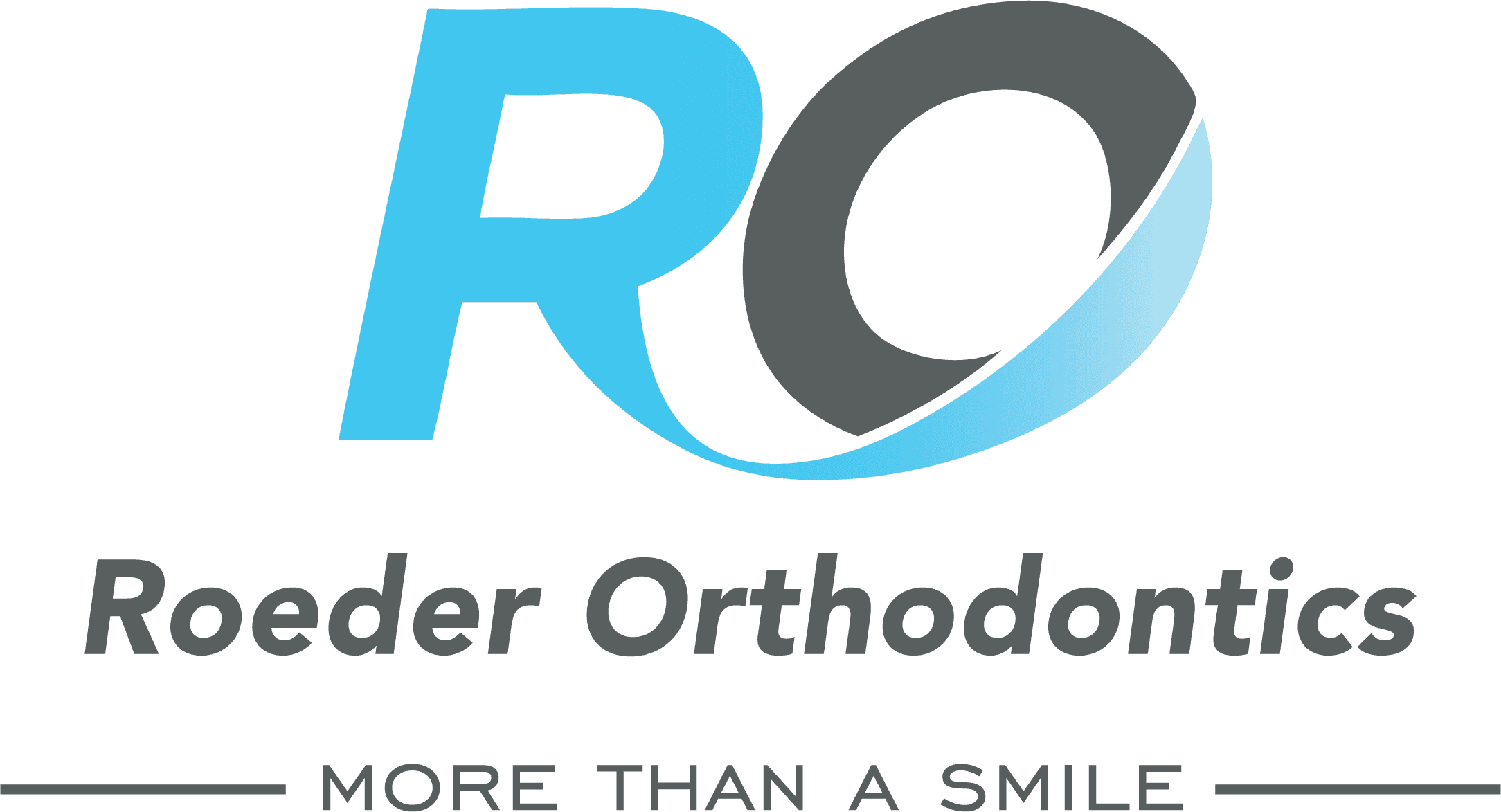Whether you’ve been told your child needs braces or are wondering whether you should pursue orthodontic treatment as an adult, you may be wondering about the similarities—and differences—between the various types of braces out there. Dental braces are one of the oldest forms of orthodontic treatment and continue to evolve, with new innovations making them less intrusive and more effective than at any time in history. Learn more about the different types of braces that are available.

Types of Braces
Just about all dental braces except clear braces rely on brackets that adhere to the teeth and wires and bands to connect them. However, these brackets and wires can be made from several different types of material.
Stainless Steel or Alloy Braces
Traditional metal braces are the ones most associated with the term “braces.” These braces use stainless steel, nickel, or another metal alloy for the brackets and wires, allowing your orthodontist to make small adjustments to bring your teeth into better alignment. (It’s important to note that if you’re sensitive to nickel, you’ll want to avoid any alloys; instead, you can opt for stainless steel.)
Porcelain or Ceramic Braces
Another option is the use of porcelain or ceramic brackets instead of metal ones. These brackets are often tooth-colored, making them more unobtrusive than metal braces; they can also be bright or even gold, depending on the patient’s preference. Many orthodontic patients opt for tooth-colored or white ceramic braces if they’d like their braces to better blend in.
Clear Braces
For those who want to avoid the appearance of braces entirely or who need only minor orthodontic adjustments, clear braces may be a good option. Clear braces are essentially removable trays that are molded to the shape of your teeth. Every few weeks, your orthodontist will create new trays based on your orthodontic plan, and each new tray will slowly shift your teeth into place.
How Braces are Held in Place
In addition to using brackets and wires to affix the braces to your teeth, dental braces rely on ligatures or self-ligating features to keep the braces from shifting.
- Traditional braces are tied in with ligatures, or small rubber bands;
- Self-ligating braces are held in with doors or gates, eliminating the need for rubber bands.
Regardless of which type of braces you choose, you can opt to decorate your braces with colored ties or keep them discreet and unobtrusive. Dr. Roeder and the experienced team at Roeder Orthodontics can work with you to discuss the best types of braces for your budget, aesthetic, and orthodontic needs.

